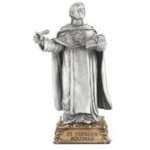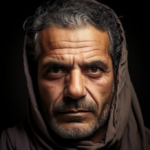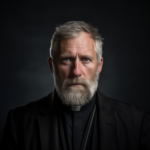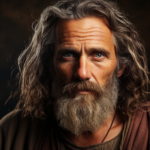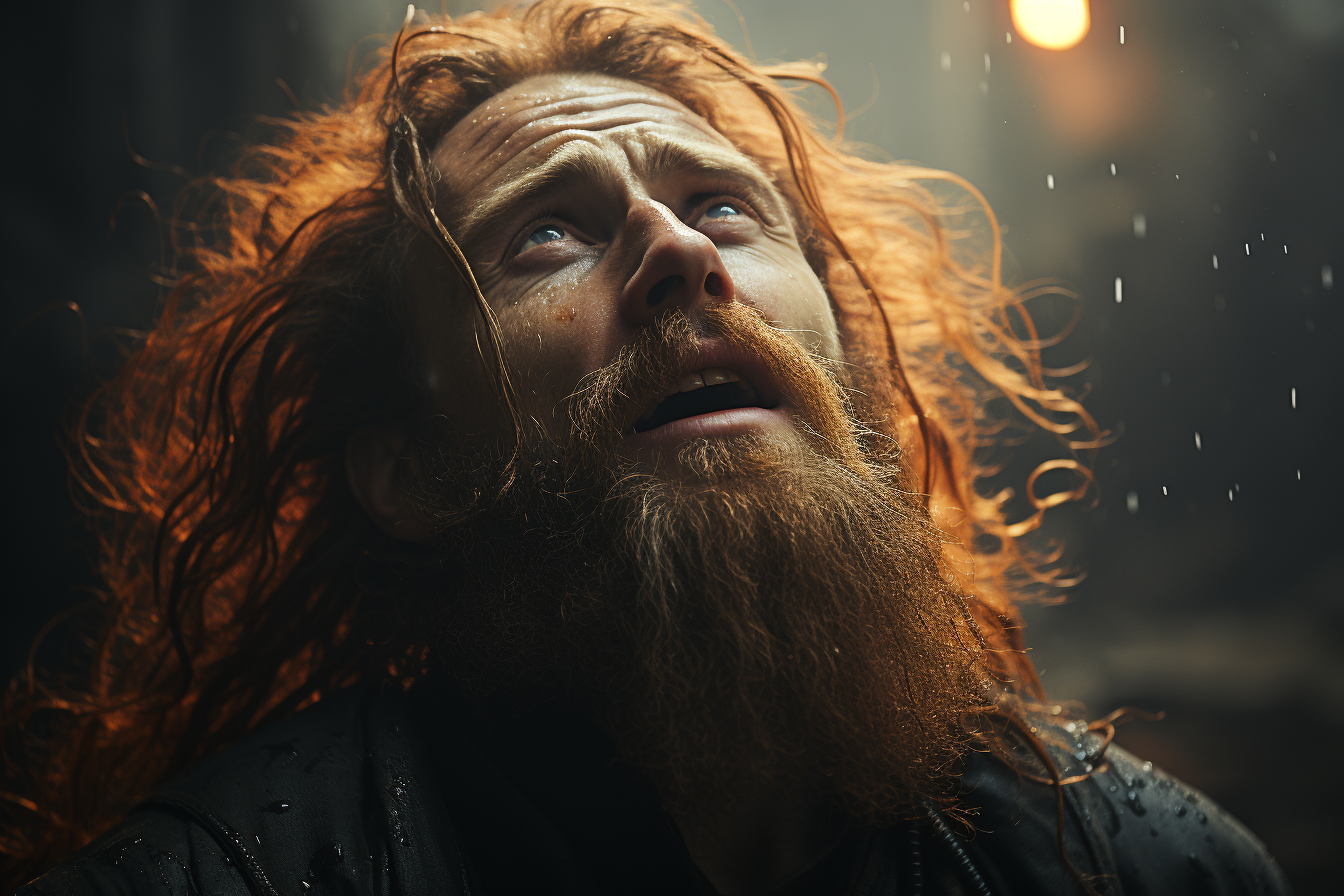
St. Fursey
Saint Fursey
When They Lived:
Saint Fursey, also known as Fursa, lived during the early medieval period. He was born around the year 567 AD and passed away in 650 AD.
Where They Lived:
Saint Fursey was originally from Ireland, where he began his monastic life. He later became a missionary and traveled to various parts of Europe, most notably in what is now France.
Notable World Events During Their Life:
- The Lombard Invasion (568-572): The Lombards, a Germanic people, invaded Italy and established a kingdom, leading to significant changes in the political landscape of the region.
- The Conversion of England (late 6th to early 7th century): Christianity was spreading across England during this time, with missionaries like Saint Augustine of Canterbury playing a crucial role in the conversion of the Anglo-Saxons.
- The Reign of Emperor Heraclius (610-641): Heraclius was a Byzantine Emperor known for his military campaigns, including the successful defense against the Sassanian Empire and the recovery of the True Cross, an important relic in Christian history.
- The Rise of Islam (7th century): The Islamic prophet Muhammad lived during this period, and the Islamic faith began to spread across the Arabian Peninsula, leading to significant geopolitical and religious changes in the Middle East.
- The Rise of the Tang Dynasty in China (618-907): The Tang Dynasty marked a golden age of Chinese civilization, with advancements in art, literature, and science, including the invention of woodblock printing and significant contributions to mathematics and astronomy.
Their Patronage:
Saint Fursey is recognized as the patron saint of travelers, particularly those seeking safe journeys and protection during travel. His life as a missionary and his travels across Europe make him a fitting patron for those who embark on journeys, whether for spiritual, personal, or practical reasons. Saint Fursey’s story is a reminder of the importance of faith and courage in the face of unknown challenges. His legacy continues to inspire people to seek guidance and protection as they navigate the paths of life.
Early Life
Saint Fursey, also called Fursa, Fursy, Forseus, and Furseus, was born in Ireland in the region now known as Connacht in 597. Born of royal descent, his father was Fintan, and his Grandfather was Finlog, the pagan king of a community at that time. His mother, however, was the Christian daughter of Aed-Finn, the king of Connacht.
At Birth, Saint Fursey was baptized by his Father’s uncle, St. Brendan the Traveller, who ruled a monastery. Throughout his childhood, he was educated by the monks in the monastery, after which he was sent to the monastery at Inisquin.
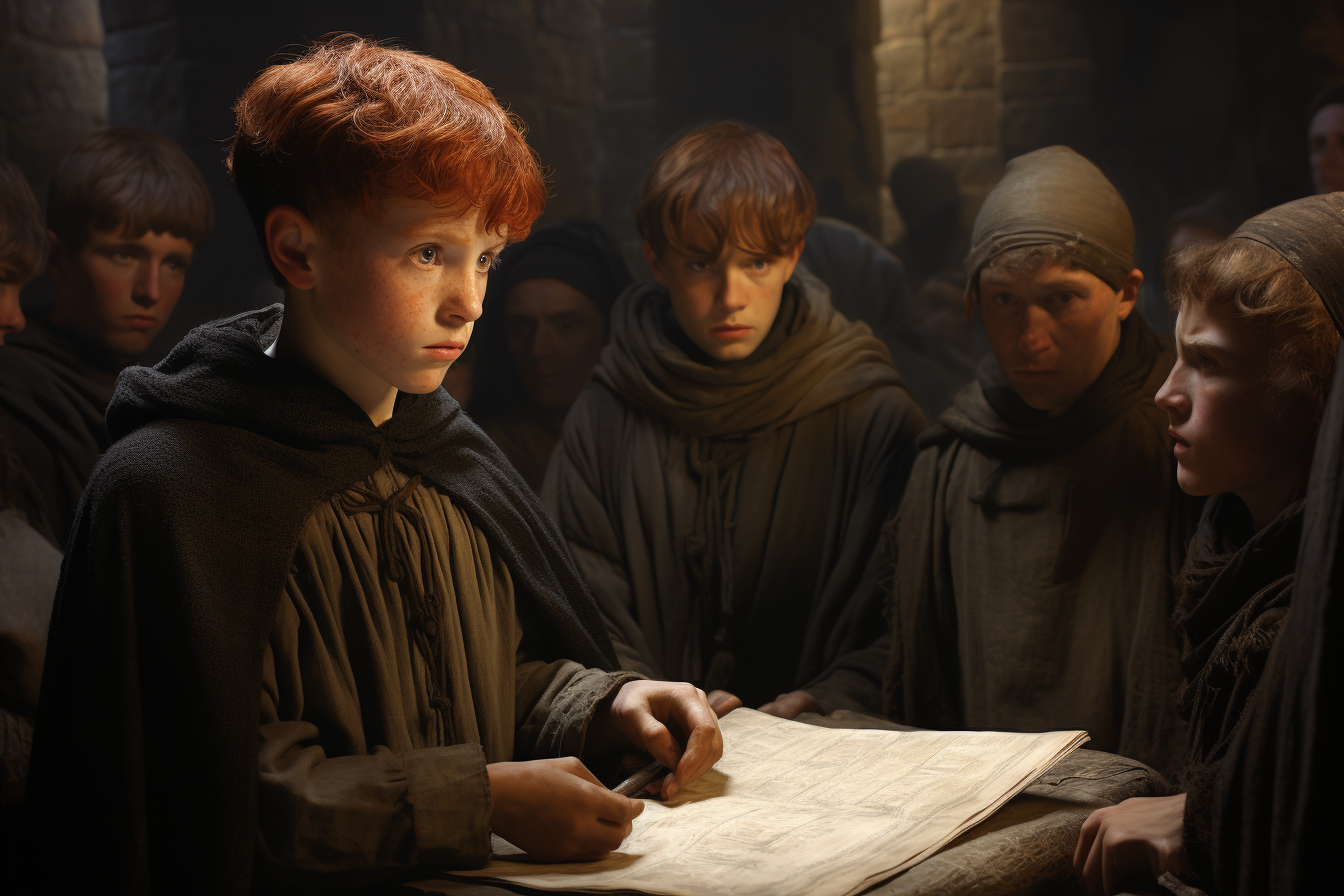
At Inisquin, Saint Fursey became a devout Christian and studied the Scriptures. He lived in sanctity and spent his time praying and preaching. Eventually, he built his monastery, which would later go on to be one of the most famous monastic centers.
Dedication and Devotion
Saint Fursey didn’t begin to experience vision until his early twenties. These visions would, however, last his whole life and play an important role in helping the church understand the journey of a soul into spirituality.
The first account of Saint Fursey’s vision happened as he arrived at his father’s home.
Saint Fursey had grown to be respected. As he gained more popularity, many people traveled from far and wide to be admitted under his rule. This disturbed him, however, as he aimed to teach God’s word and not to be famous.
Saint Fursey wanted to have his relatives in his New monastery, so he set out with some monks for Munster, his father’s hometown. As he arrived, however, he suddenly fell ill.
Saint Fursey fell into a trance, where he was borne up to heaven by some angels. He saw angels and heard them sing. He was instructed by these angels to become a more devout worker for God.
He was returned to his body by these angels. This trance lasted 3 hours, according to legend.
The next vision came three days after the first. He was again taken to heaven, but this time he encountered demons who tried to attack him. Saint Fursey described how the angels fought with the demons six times for his soul.
In this vision, he saw saints Melden and Beoan, who taught him everything he needed to know about Monasticism. They warned him about the sins of disobedience and pride and the coming of a future famine.
It was also during this second vision that he bore the physical mark of his trip into the spiritual realm.
As Saint Fursey was being returned to his body through the fire of all,the body of a tortured sinner hit and burned him. This Mark stayed with him forever.
On the third account of Saint Furley’s vision, which occurred exactly 12 months after the first, the angel injuncted him to serve 12 years of apostolic labor.
Saint Furley served faithfully for 12 years, after which he retired to Ireland and started a monastery at Rathmat. Saint Fursey preached the Word of God and performed miracles all over the land.
Legacy
Saint Furley was very instrumental in spreading Christianity to the untouched parts of East Anglia and England.
When Saint Furley and his brothers Foillan and Ultan arrived in the Kingdom of East Anglia, Sigeberht, the Christian king, provided them with land to build an abbey.
Saint Furley preached in East Anglia, gained souls, and the monastery grew in size.
After Sigeberht was killed in the war, Saint Furley was supported by the successor, King Anna of East Anglia.
Hurley retired for one year to live with his brother, where he practiced asceticism. However, his life of seclusion didn’t last long, as people continued to visit him. Eventually, as war threatened East Anglia, he left for France in 648, where he performed one of his most notable miracles.
Saint Furley prayed over the dead body of the son of Duke Hayson, who was then resurrected. Traveling on to Neustria, he continued to preach the word, perform miracles, cure sickness, and convert many.
He arrived at Peronne, where reports of his good deeds had already created respect for him in the people’s hearts. There he continued to pray, preach, and perform miracles. The King offered Saint Fursey any part of his land in his kingdom to set up a monastery. He selected Latinacum.
There, Saint Fursey built a monastery and three chapels.
Death and Canonization
Saint Fursey died in the year 650 in Mézerolles, which for some time was renamed Forsheim in his honor. He was buried in a church in Peronne.
Saint Fursey’s body was moved three times. After he was buried in Peronne, he was moved to the petico of the church of St. Peter, and then four years later, he was moved back to Peronne.
Saint Fursey was canonized Pre-Congregation.
5 Interesting Facts About St. Fursey
- Did you know that Peronne adopted Saint Fursey as its patron saint?
- Did you know that Saint Fursey dedicated two of the three chapels in
Latinacum to Jesus Christ and St. Peter? The last chapel was later
dedicated to him after his death. - Did you know that Saint Fursey’s body lay unburied for 30 days at
St. Peter? It was visited by pilgrims and noted to have been
corrupt and emitting a sweet smell. - Did you know that Saint Fursey’s body went without decay for four
years? - Did you know Peronne became a favorite hot spot for pilgrims? It was
so popular that it was called “Peronne Scottorum” or “Peronne of
the Irish”.
Prayer to St. Fursey
The arms of God are around my shoulders. The touch of the Holy Spirit upon my head The design of Christ’s cross upon my forehead The sound of the Holy Spirit in my ears The fragrance of the Holy Spirit in my nostrils The vision of heaven’s company in my eyes The conversation of heaven’s company on my lips The work of God’s church is in my hands; the service of God and the neighbor is at my feet. A home for God in my heart, and to God, the father of all, my entire being. Amen.
Source:[https://godspacelight.com/2019/01/16/st-fursey-and-his-lorica/]{.ul}
